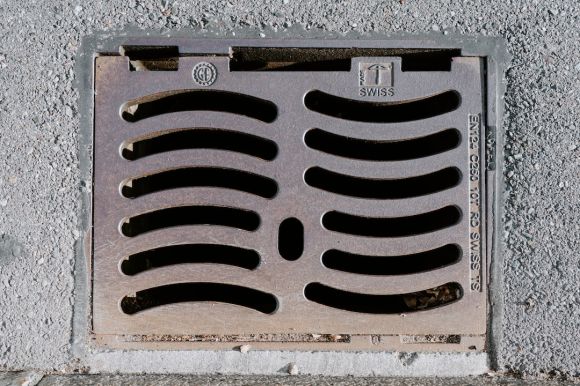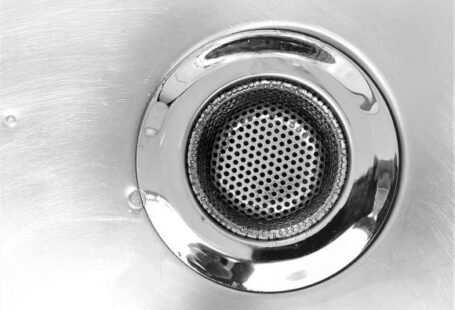When it comes to dealing with clogged drains, two popular methods stand out: snaking and hydro jetting. Both techniques are effective in clearing blockages, but they have different approaches and outcomes. In this article, we will explore the pros and cons of snaking and hydro jetting, helping you to make an informed decision based on your specific needs.
Understanding Snaking
Snaking, also known as drain auguring, is a traditional method used by plumbers for decades. It involves using a long, flexible metal cable called a snake or auger to break up and remove the clog. The snake is inserted into the drain until it reaches the obstruction, and then it is rotated to break up the blockage, allowing water to flow freely again.
Pros of Snaking:
1. Cost-effective: Snaking is usually the more affordable option compared to hydro jetting, making it a popular choice for homeowners on a budget.
2. Versatility: Snaking can be used on various types of pipes, including older ones that may be more susceptible to damage.
3. Quick and efficient: Snaking is a relatively quick method to clear simple clogs, and it can often provide immediate relief.
Cons of Snaking:
1. Limited effectiveness: Snaking may not be effective against stubborn or large-scale blockages, such as tree roots or mineral buildup.
2. Partial clearing: Snaking often only clears a path through the clog, leaving behind residue that can lead to future blockages.
Understanding Hydro Jetting
Hydro jetting, on the other hand, is a more modern and powerful method of drain cleaning. It involves using high-pressure water to blast away the clog and clean the entire pipe. A specialized nozzle is inserted into the drain, and water is sprayed at a high pressure, ranging from 1,500 to 4,000 psi, depending on the severity of the blockage.
Pros of Hydro Jetting:
1. Thorough cleaning: Hydro jetting not only clears the clog but also removes any grease, debris, or mineral buildup, leaving the pipe in a like-new condition.
2. Effective against tough blockages: Hydro jetting can tackle even the most stubborn blockages, including tree roots and heavy mineral deposits.
3. Preventative maintenance: By thoroughly cleaning the pipes, hydro jetting helps to prevent future clogs, reducing the need for frequent maintenance.
Cons of Hydro Jetting:
1. Higher cost: The powerful equipment and expertise required for hydro jetting make it a more expensive option compared to snaking.
2. Potential for damage: In inexperienced hands, hydro jetting can cause damage to older or fragile pipes. It is important to hire a professional plumber who is skilled in using this method.
Choosing the Right Method for Your Needs
In general, snaking is a suitable choice for minor clogs or routine maintenance, while hydro jetting is recommended for more severe or recurring blockages. Consider the following factors when deciding which method to choose:
1. Severity of the clog: If you are dealing with a stubborn or recurring blockage, hydro jetting is likely the better option.
2. Pipe condition: Older or fragile pipes may be more susceptible to damage from hydro jetting, so snaking may be a safer choice.
3. Budget: If cost is a significant concern, snaking may be the more affordable option.
In conclusion, both snaking and hydro jetting have their merits and are effective in their own ways. Understanding the pros and cons of each method will help you make an informed decision based on your specific needs. Whether you choose snaking or hydro jetting, it is always recommended to consult a professional plumber to ensure the best results and avoid any potential damage to your plumbing system.



